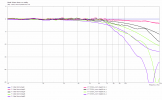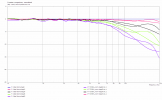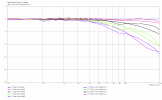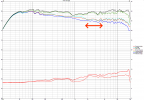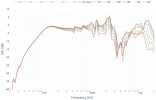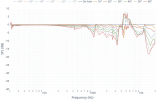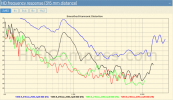thanossapiens
Member
- Joined
- Feb 8, 2021
- Messages
- 49
- Likes
- 13
One of my biggest issues when listening to different speakers is that a lot sound unbearably harsh(sibilant?) to me, even if they measure flat-ish on the treble. Sometimes its hard or impossible to EQ away for some reason, even if I know where the peak is. This made me think it might be some sort of sibilance, but looking at spectral decay plots (i dont know if these are the most relevant ones but im a newbie at this), while not perfect, a lot seem to be ok.
I noticed that the worst offenders are usually hard domes like diamond or beryllium tweeters. I'm not sure why, but I dont think its placebo since most of the time I got to hear super expensive stuff from B&W or Focal,etc I was thinking "I bet this is gonna sound amazing" and not the opposite.
Perhaps most recordings, even "audiophile" staples like Dire Straits are kinda bad and it shows more on good speakers?
I'd love to hear your thoughts if you have any, thanks
I noticed that the worst offenders are usually hard domes like diamond or beryllium tweeters. I'm not sure why, but I dont think its placebo since most of the time I got to hear super expensive stuff from B&W or Focal,etc I was thinking "I bet this is gonna sound amazing" and not the opposite.
Perhaps most recordings, even "audiophile" staples like Dire Straits are kinda bad and it shows more on good speakers?
I'd love to hear your thoughts if you have any, thanks

